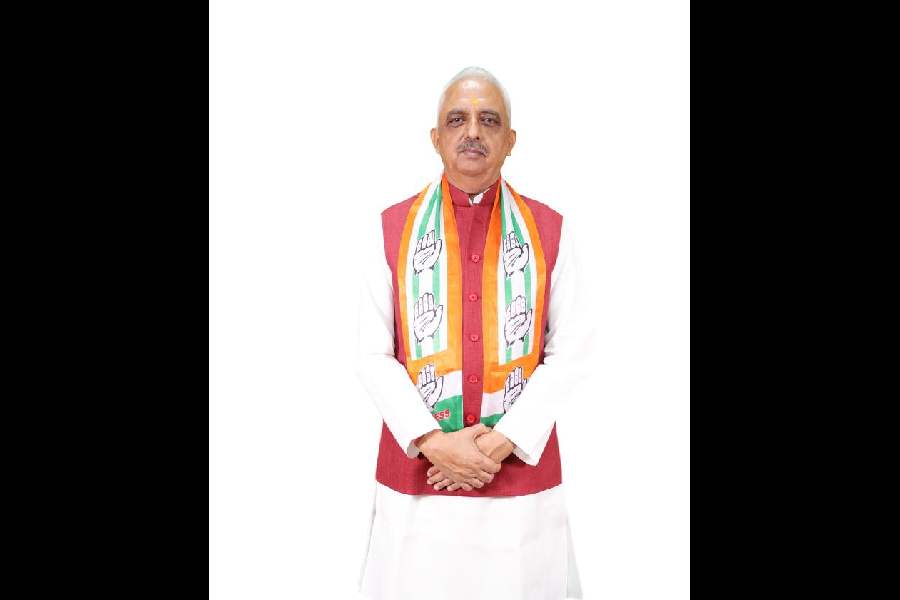Unemployment, poverty and disease have a new rival as a major threat to India’s future: disinformation. The World Economic Forum’s Global Risk Report 2024, released earlier this month, is a warning beacon for the country, flashing bright red as India heads towards the Lok Sabha elections. The report identifies India as the country where the risk of disinformation — false information that is deliberately put out to mislead — is the highest, above both technology-driven advanced economies like the United States of America, Finland and France as well as fellow developing nations like El Salvador, Pakistan and Sierra Leone. Experts who were called upon to rate the prime risks that different countries confront ranked false information as the biggest concern for India, even more than economic inequalities and healthcare challenges. None of this is, in itself, surprising. From WhatsApp groups to Facebook, and from X — formerly Twitter — to smaller video-sharing platforms, India has been flooded with disinformation, morphed images, doctored videos and outright falsehoods, often designed to provoke anger and divide communities. Deepfakes have become increasingly common, targeting women with sexually explicit, digitally manufactured images and videos. What the WEF report does is shine a light on just how deeply concerned the world is about this fast-spreading plague of manipulation in India. It is a crisis that needs urgent intervention.
What compounds the challenge is that far too often, governments in India as well as major political parties themselves use disinformation either for propaganda purposes or for divisive politics. Recent changes in national legislation that give the federal government an unprecedented say in censoring content on social platforms — and the requirements for tech companies to comply — raise the danger levels further. It is no secret that government decisions to bar certain kinds of content and its creators from social platforms are selective: those routinely peddling false information are not only allowed to continue but are, in some cases, even followed by the prime minister on social media. The government's decision to get X to block Hindutva Watch, a hate crime monitor, in India, is also an example of its biases. At a time when nearly a billion Indian voters are getting ready to elect their next national government, disinformation is both a political weapon and a cudgel to use to shut down critics — unless independent regulators are involved. Indian democracy is already at a crossroads. The crisis can, among other factors, be attributed to the difficulty in telling truth apart from lies.










